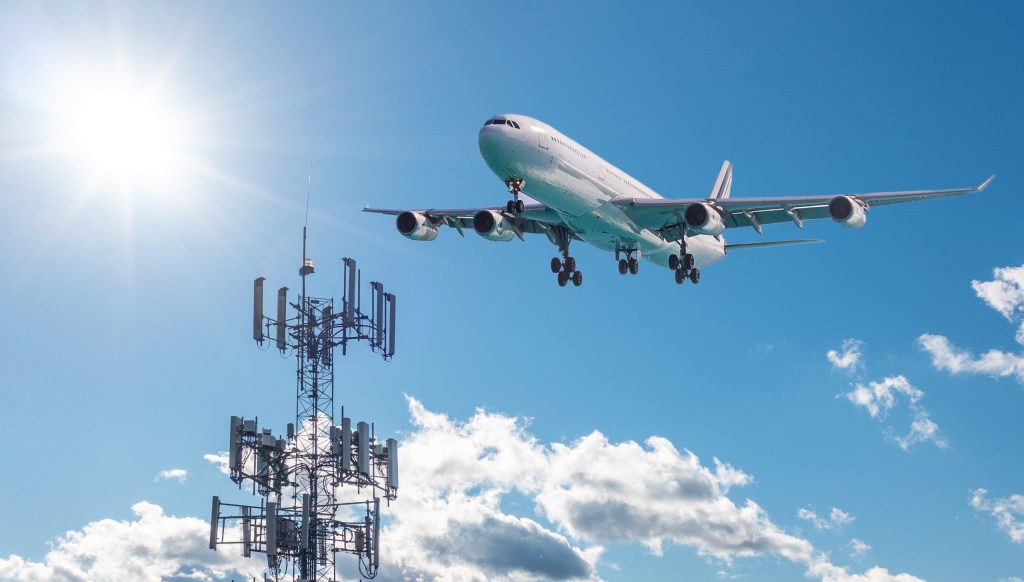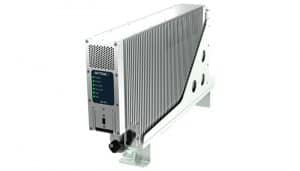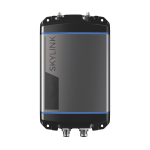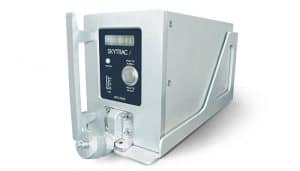What is flight following in aviation?
Automated flight following (or AFF) is a key feature of many aircraft, but what is it, and when did it start to be used?
Flight following allows dispatch teams to monitor an aircraft using radar and provide updates regarding traffic, weather, airspace restrictions, and other relevant information. It works by tracking the aircraft’s position using GPS technology and sending the position data back to the ground team via satellite or other communication systems. AFF technology can be connected with other systems, such as weather or terrain data, to provide a more complete view of the aircraft’s flight path and environment.
AFF started to be used more widely after the development of radar technology during World War II. As air travel became more popular in the mid-20th century, flight following systems were further developed. They began to offer satellite-based navigation (like GPS) and digital communication systems, which improved aircraft efficiency and safety.
Why is flight following important?
Pilots and operators rely on AFF to provide the following:
- Enhanced awareness: Flight following gives pilots real-time information about traffic, potential hazards, and changing weather conditions. This enables pilots to make informed decisions and maintain awareness when operating visual flight rule (VFR) flights.
- Real-time weather and terrain updates: Flight following provides operators with weather and terrain updates to maintain safe routes and determine the best course of action for their flight.
- Collision avoidance: AFF, by monitoring aircraft positions, can provide air traffic control (ATC) and air traffic advisories to help avoid potential collisions with other aircraft. Flight following specifically benefits the approach control division of ATC, which manages incoming and departing aircraft.
- Navigation assistance: AFF offers navigation assistance and can help route flight paths to avoid hazardous areas or restricted airspace. Since ATC can track aircraft using flight following, they also can provide requested flight following for pilots arriving at airports.
- Search and rescue: In the event of an emergency or loss of communication, flight following can help identify an aircraft’s last known position and relay that information to search and rescue teams.
- Improved communication: Aircraft enabled with AFF can receive important updates and instructions, enhancing safety and improving overall coordination and efficiency.
- Ensure Accuracy: Flight following and automated flight following will ensure that a flight plan is followed and allows ground control to be aware of their assets in the air.
What's the difference between radar tracking and satellite tracking?

Flight following services can be offered using radar tracking or satellite tracking. Here are some of the differences between them:
Radar tracking works by sending out radio waves that bounce off the aircraft and return to the radar receiver. The radar can then determine the aircraft’s distance and direction and relay that data to the ground team in real time. The effectiveness of radar tracking is limited to the radar’s range and can be affected by terrain and weather conditions.
Satellite tracking uses signals from satellites to determine an aircraft’s position and then transmits that data to a ground station in real time via satellite communication. This type of tracking provides global coverage, even in remote and rugged areas.
Sometimes, radar and satellite tracking systems are used in tandem in the aviation industry to provide comprehensive tracking and monitoring of aircraft.
What systems does SKYTRAC offer to enable flight following?
SKYTRAC offers the TrooTrax Mission and Core platforms, which offer reliable flight following capabilities and other services that ensure operators have the fullest picture of their mission possible. TrooTrax equips operators with robust flight following, monitoring, and planning software and gives rapid and critical insight into weather, flight deviations, and more to help guide key decision-making in Go/No-Go situations. These AFF systems are enabled through our SDL-350 broadband satcom, SkyLink 7100 midband satcom, and ISAT-200A-07 narrowband satcom solutions.
Utilizing flight following with SKYTRAC provides operators with the Iridium Certus satellite network for global connection with aircraft, bandwidth speeds that allow for increased data tracking, and integration with the robust TrooTrax platforms.
Provide up to 704 Kbps of Satcom and numerous interfaces with the true all-in-one, flagship SDL-350.
Versatile midband Satcom solution with cellular to deliver continuous connectivity for manned and unmanned operations.
Enable multiple capabilities with the cost effective narrowband Satcom and onboard server solution.
Conclusion
Having a reliable flight-following system is crucial in all aspects and segments of aviation. From helicopters working in the oil and gas industry to fixed-wing aircraft deployed in medical services, AFF improves aviation safety and efficiency by offering pilots critical support and information.
If you want more information about SKYTRAC’s automated flight following solutions, feel free to connect with someone from our team here.
With industry-leading products and systems installed on over 2,500 aircraft worldwide, SKYTRAC has been a trusted source of reliability, safety, and performance for major OEMs (original equipment manufacturers) and operators for over 35 years.




